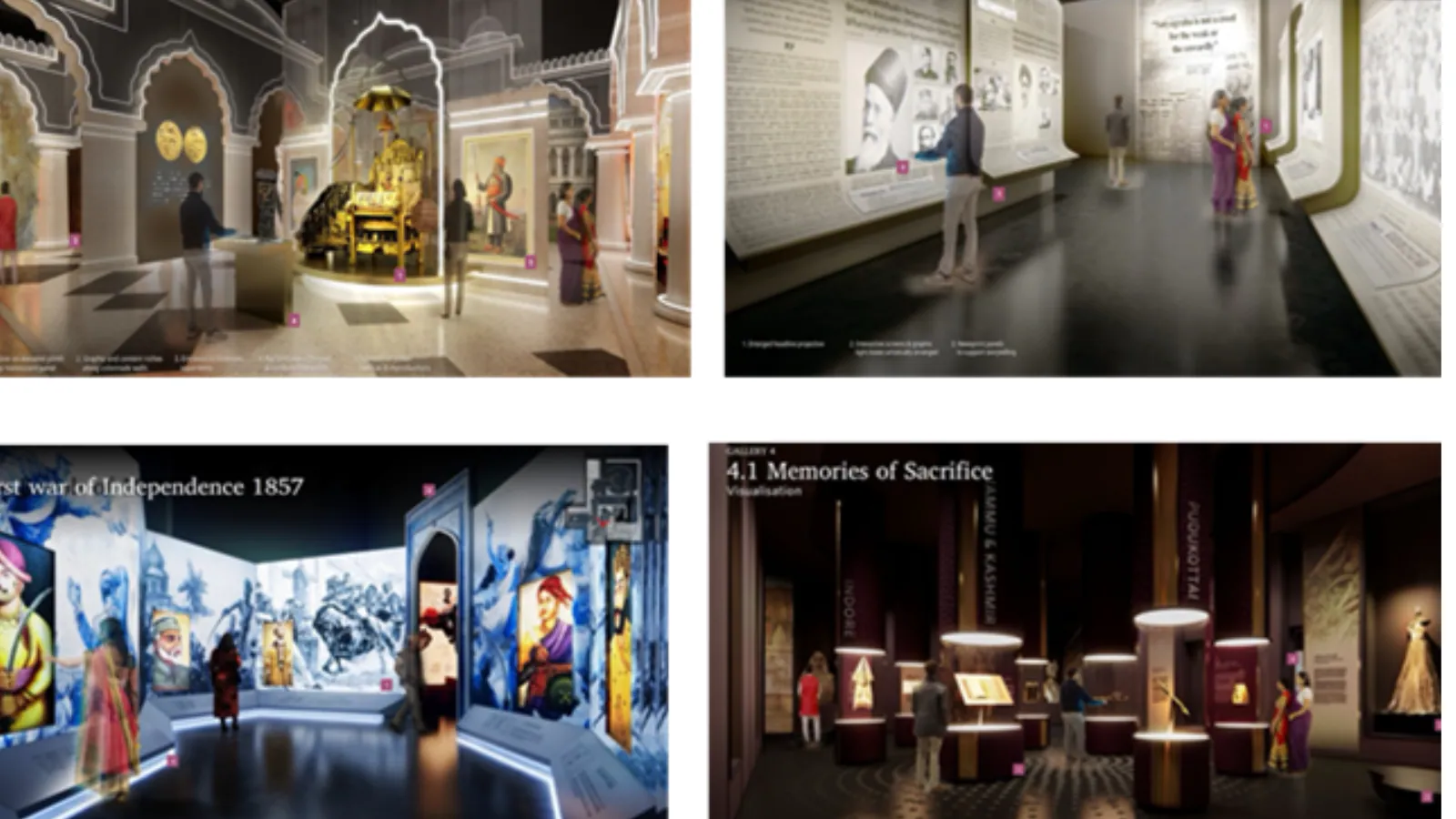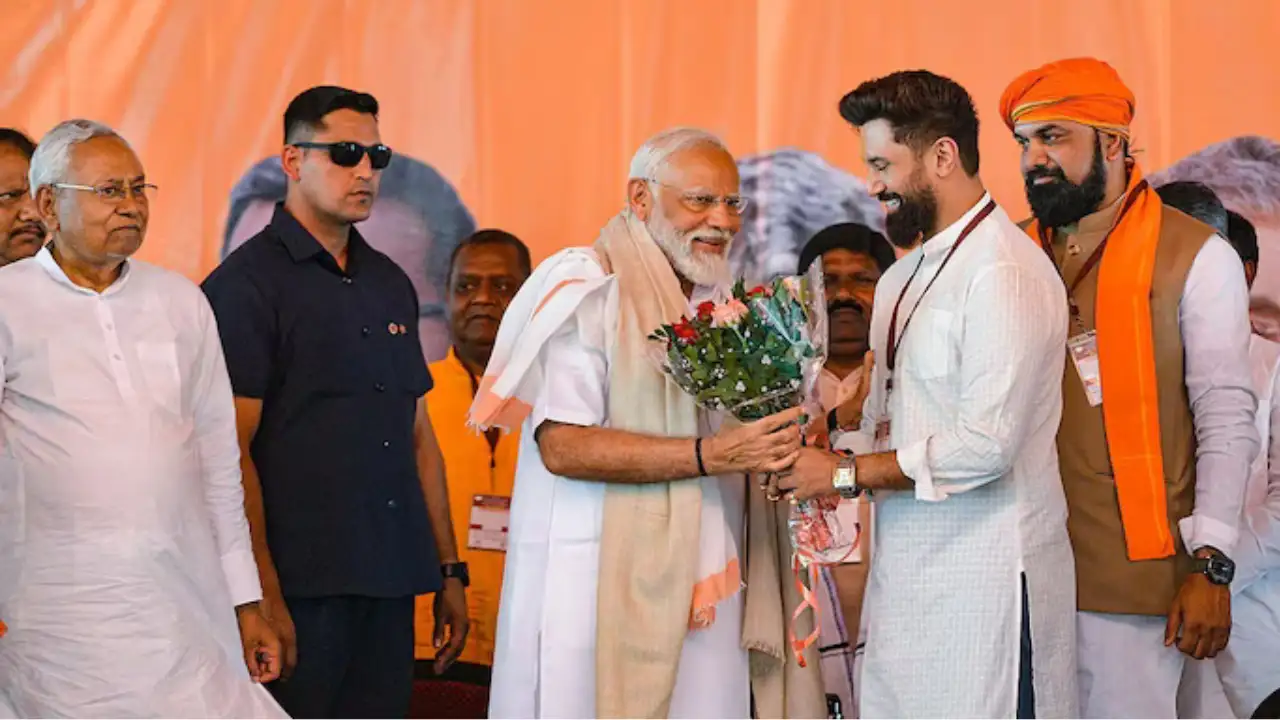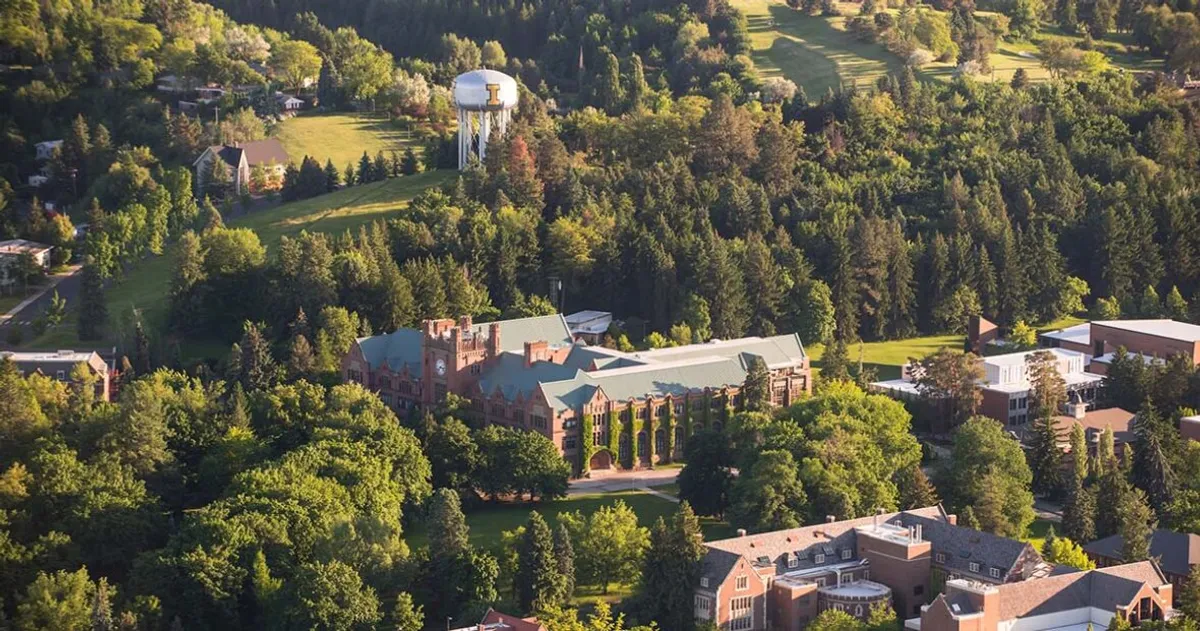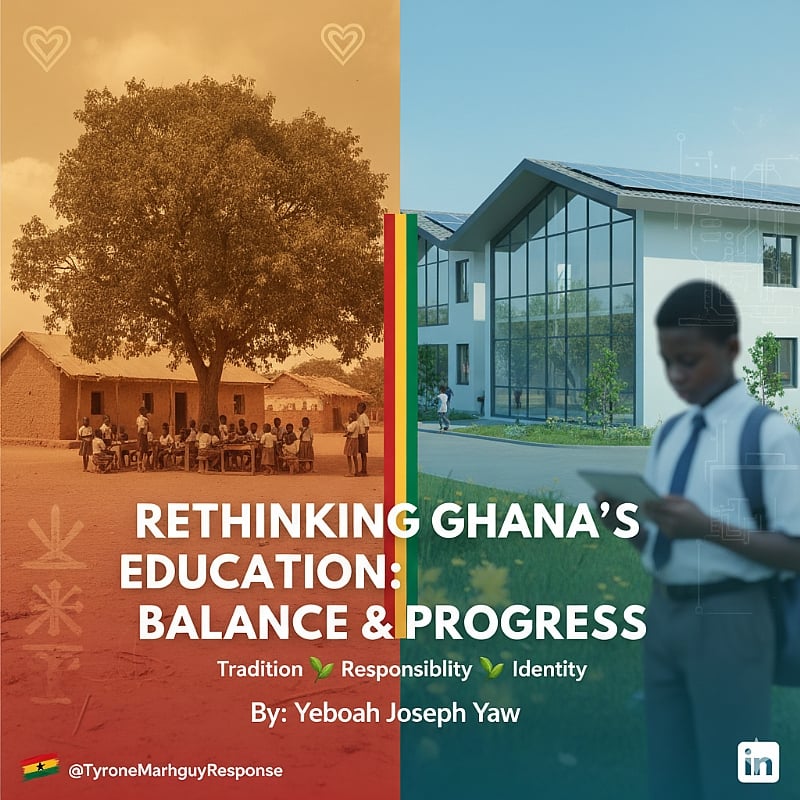Copyright news18

Gujarat will soon have a new national museum dedicated to India’s royal heritage as Prime Minister Narendra Modi announced the construction of the Museum of Royal Kingdoms of India near the Statue of Unity in Ekta Nagar. The ₹367-crore project aims to celebrate the country’s princely past and the historic unification that followed Independence. Planned across five acres, the museum will feature four thematic galleries that chronicle the role of India’s 550 princely states in shaping the nation’s political and cultural identity. It seeks to highlight the process of integration led by Sardar Vallabhbhai Patel, who persuaded rulers to accede to the Indian Union after 1947- one of the defining achievements of post-Independence India. The institution will act as a living repository of royal legacies, showcasing regalia, manuscripts, textiles and artefacts from various kingdoms while emphasising the ideals of unity and sacrifice. Where Will Museum Of Royal Kingdoms Of India Be Located? Located beside the Statue of Unity- the world’s tallest statue honouring Sardar Patel- the Museum of Royal Kingdoms of India will reinforce the site’s identity as a monument to national integration. What Visitors Can Expect? The museum will combine heritage with technology to offer an interactive experience. Its Orientation Gallery will introduce visitors to India’s royal traditions through films and multimedia displays while The Throne and the State gallery will explore systems of governance and royal welfare. Another section, The Story of India’s Integration, will trace the events and documents surrounding the merger of princely states and the Hall of Unity will display insignias and symbols representing every kingdom that joined the Union. A viewing deck will offer panoramic views of the Statue of Unity and the Narmada River and the Museum Cafe will serve traditional royal cuisine. How Will The Museum Be Designed? The museum’s architecture will reflect India’s natural and cultural landscapes, with courtyards, fountains and water bodies inspired by royal gardens. A dedicated interactive learning gallery, aligned with the National Education Policy 2020, will allow students and visitors to explore history through digital installations and experiential learning.



